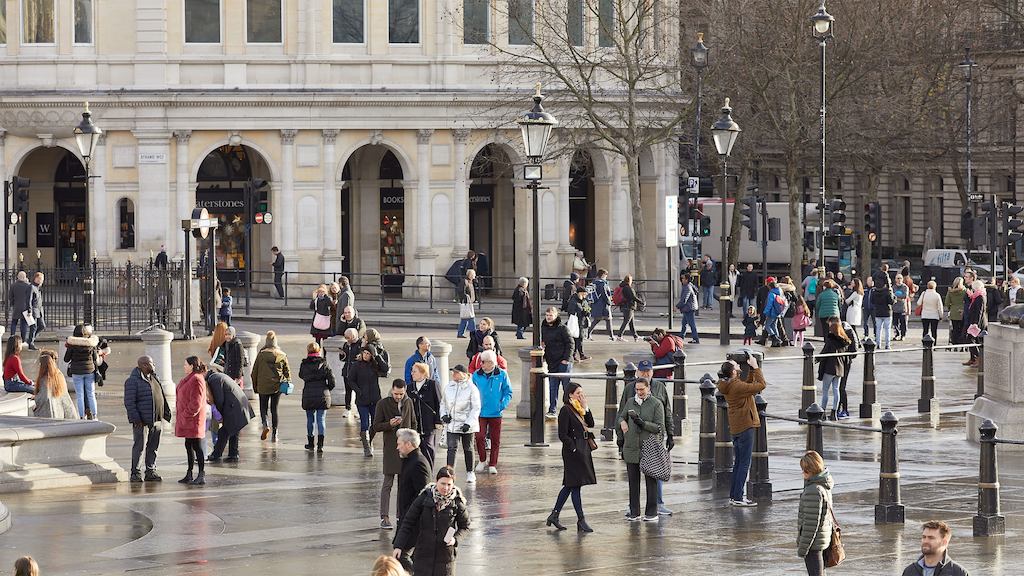We welcome the recently published inclusive transport plan, Equity in Motion, particularly its ambition to increase step-free access and improve toilet provision on the network. However, many of us had hoped we would be able to see significant change sooner than 2030.
Concessionary travel is much valued and the promise to retain ‘free or discounted’ travel for people over 60 is reassuring.
The other set of actions are at arm’s-length from the Mayor.
They stem from strategic documents such as The London Plan and will be carried out by others, typically local boroughs, or developers who are expected to conform with policy.
Inclusive engagement is encouraged: implementers are expected to engage with local communities and consult with local people including older residents.
But this has the potential to be a weak point of the plan with a risk that older people will fall through the gap.
‘Engagement’ and ‘consultation’ are loosely applied terms and are too often interpreted as an online survey which excludes the significant minority who are not online, many of whom, but not exclusively, are older people.
Meaningful engagement takes skills, time and resources, and it will be difficult to monitor to what extent it has taken place.
It will also be a challenge to demonstrate progress in the short-term for these arm’s length actions.
Some older Londoners may be disappointed that there are few actions specifically for our age groups, while many are inclusive of older people together with other groups that experience inequality.
This makes sense because we all age regardless of other characteristics: over half of us are women, and a growing proportion identify as LGBT+ or having a BAME background. The majority of people with disabilities are actually older.
However, by taking this broader inclusive approach there is a risk that needs that are particular to later life could be overlooked. Those tasked with monitoring progress will need to be alert to this.
In conclusion, ‘Towards an Age-friendly London Action Plan’ has the potential to have a significant impact, but the proof will be in its implementation.
And with the elections just around the corner, there is a real concern that the progress made so far could be affected if political priorities or control change.
Myself and other older voters will be asking all mayoral candidates to declare their commitment to the plan and ensure that London becomes an age-friendly city.
And so it will fall to older Londoners, their representatives and officials at local and regional level as well as business to all work constructively together to make this a reality.
Margit Physant, an older Londoner. Views expressed are my own.



